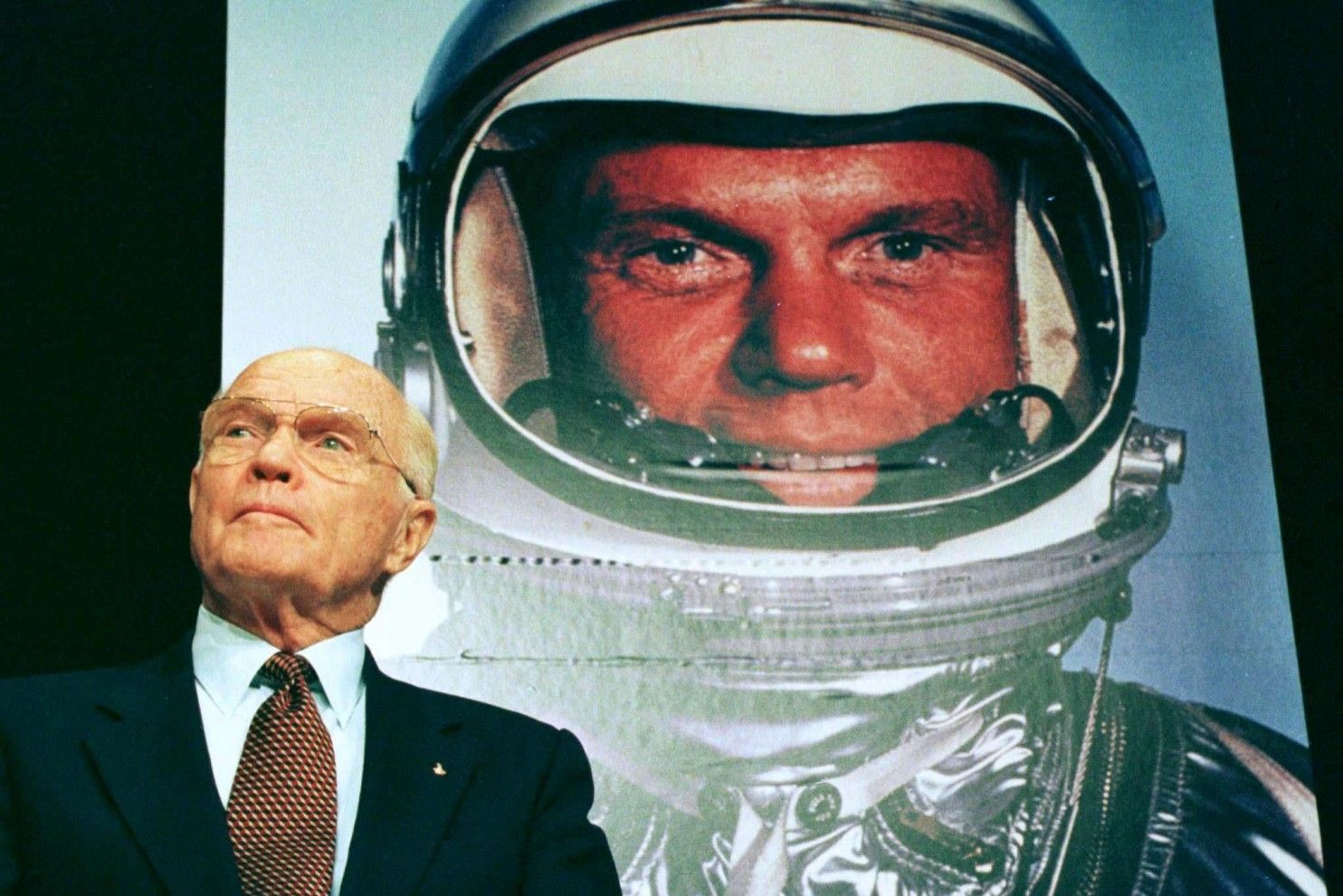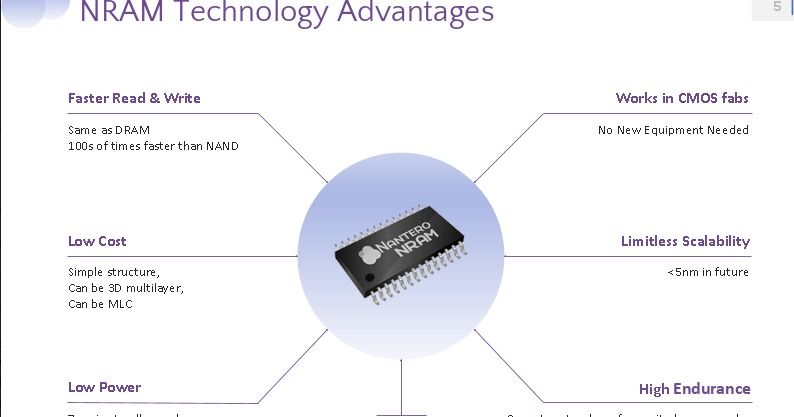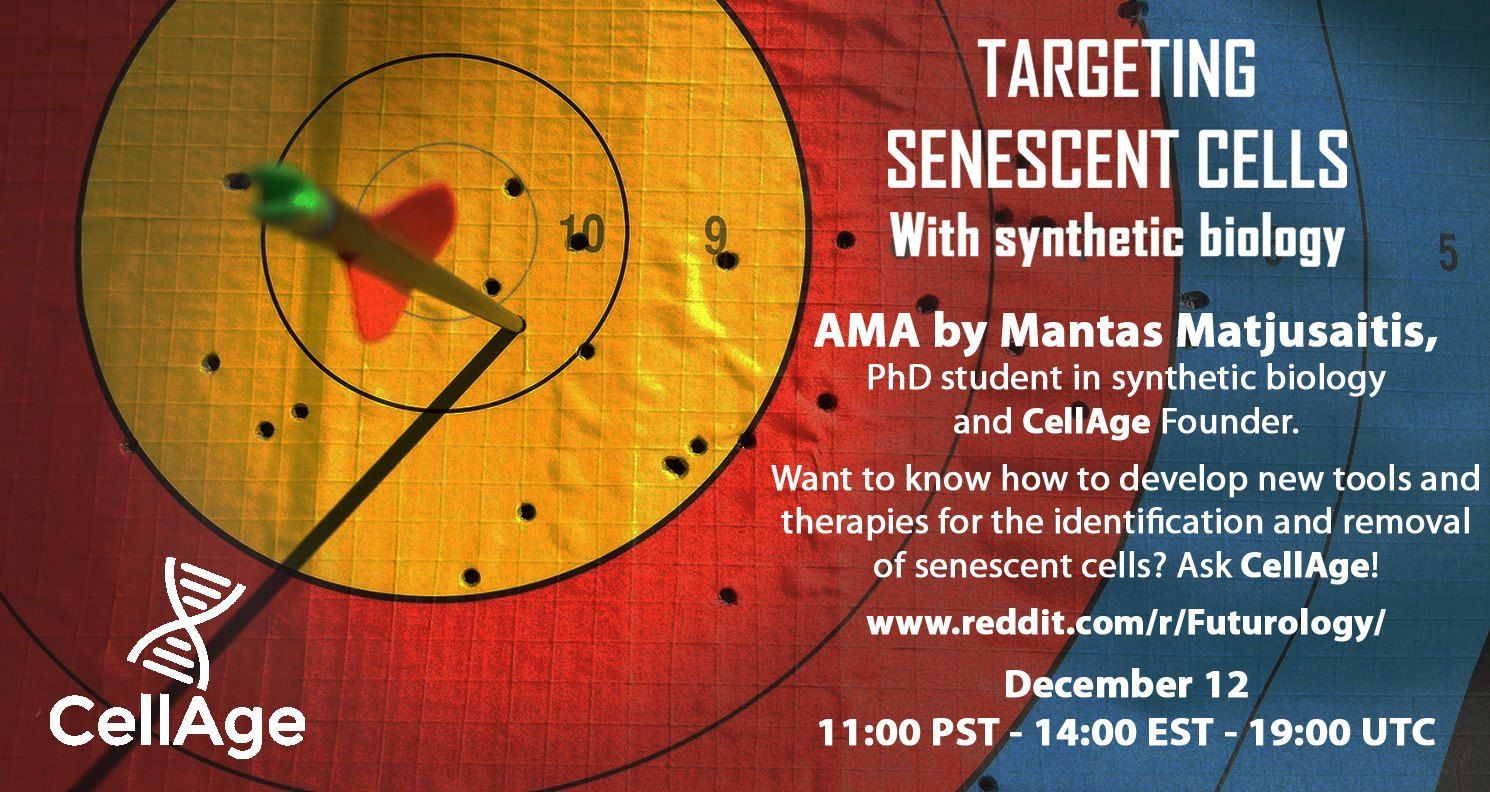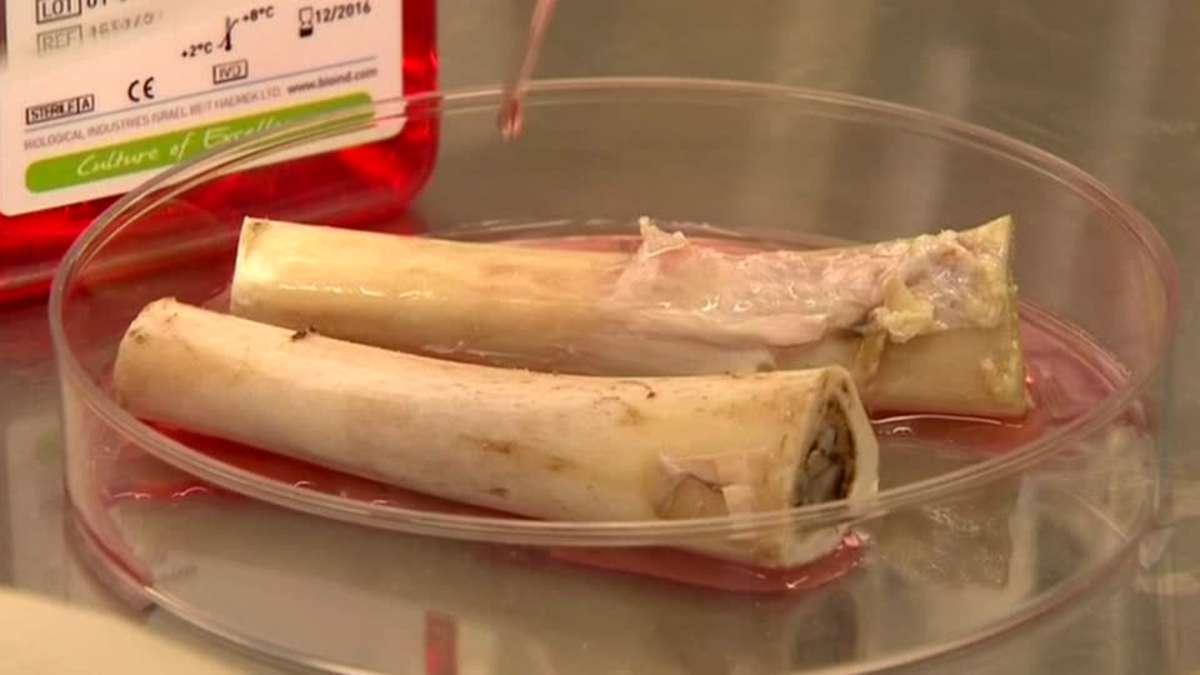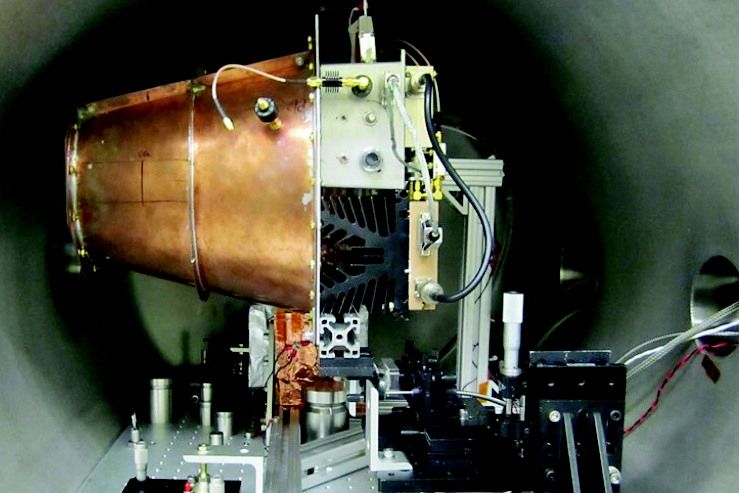Dec 8, 2016
John Glenn, first American to orbit the Earth, dies at 95
Posted by Blair Erickson in categories: biotech/medical, military, space
John Glenn, who captured the nation’s attention in 1962 as the first American to orbit the Earth during a tense time when the United States sought supremacy over the Soviet Union in the space race, and who rocketed back into space 36 years later, becoming the oldest astronaut in history, died Dec. 8 at a hospital in Columbus, Ohio. Mr. Glenn, who in his post-NASA career served four terms as a U.S. senator from Ohio, was 95.
The death was confirmed by Hank Wilson, communications director at the John Glenn College of Public Affairs at Ohio State University. Mr. Glenn had a stroke after heart-valve replacement surgery in 2014, but the immediate cause was not announced.
Mr. Glenn was one of the seven original astronauts in NASA’s Mercury program, which was a conspicuous symbol of the country’s military and technological might at the height of the Cold War. He was not the first American in space — two of his fellow astronauts preceded him — but his three-orbit circumnavigation of the globe captured the imagination of his countrymen like few events before or since. Mr. Glenn was the last survivor of the Mercury Seven.
Continue reading “John Glenn, first American to orbit the Earth, dies at 95” »
